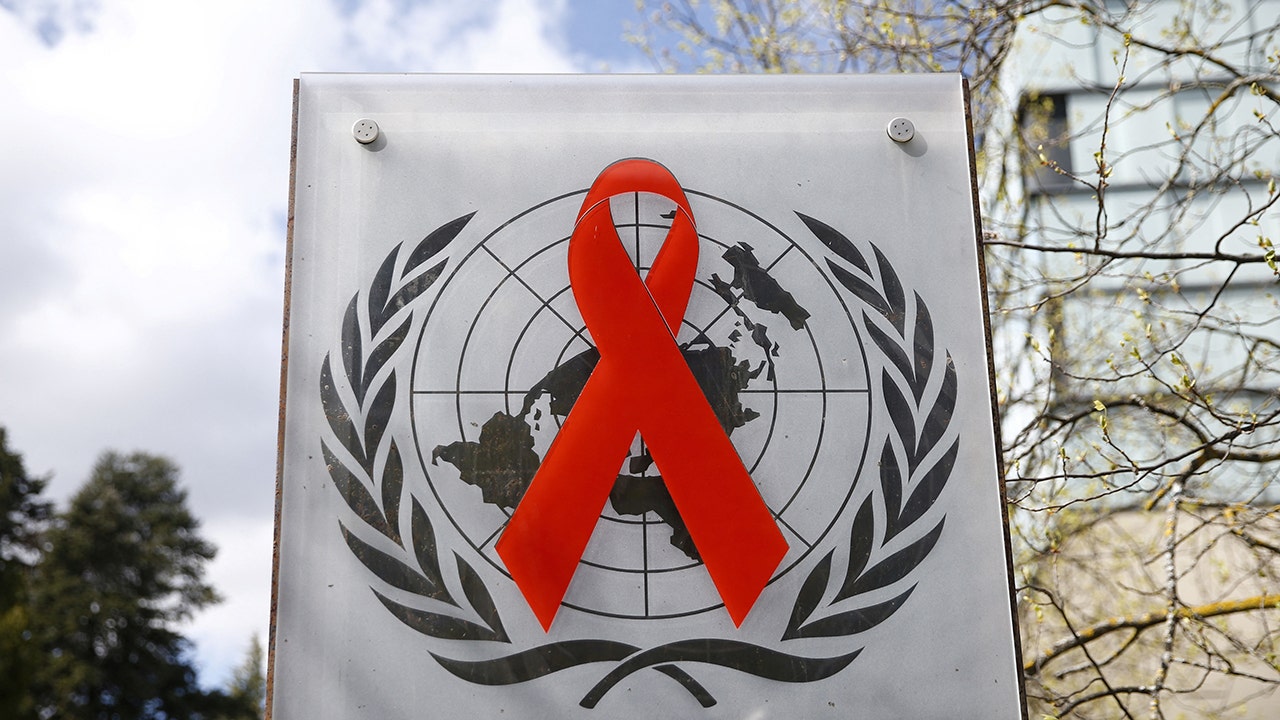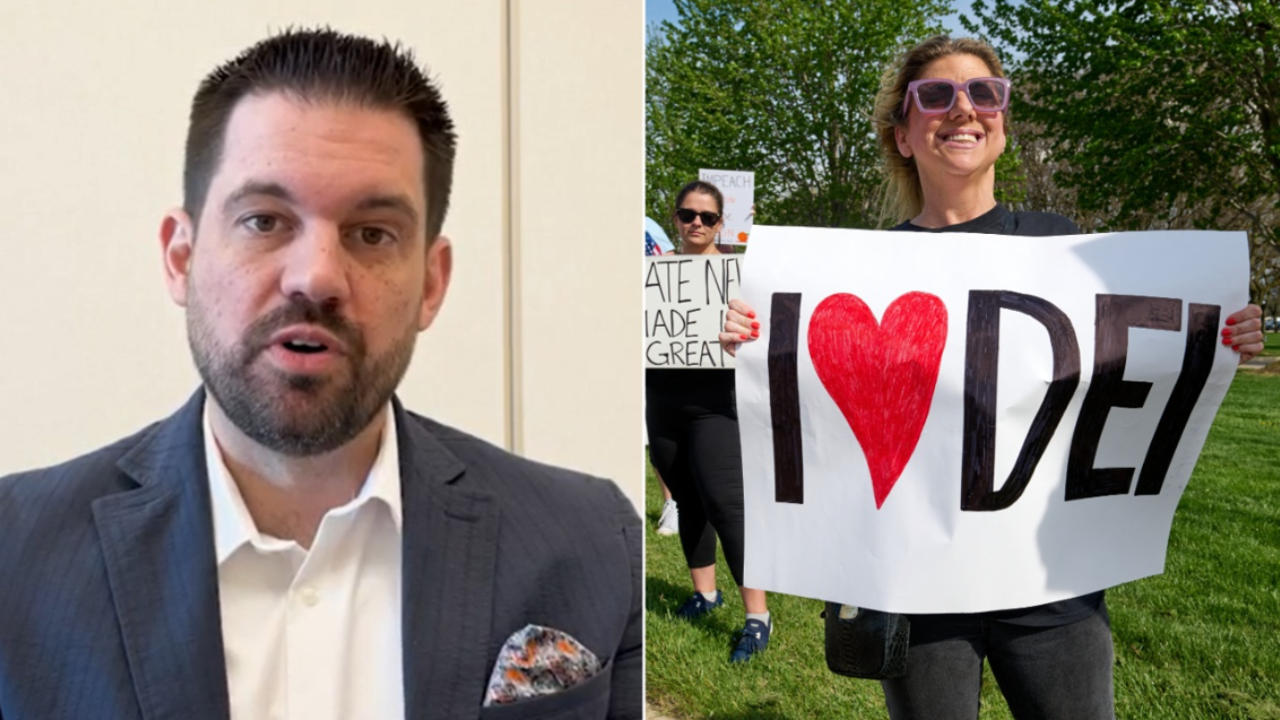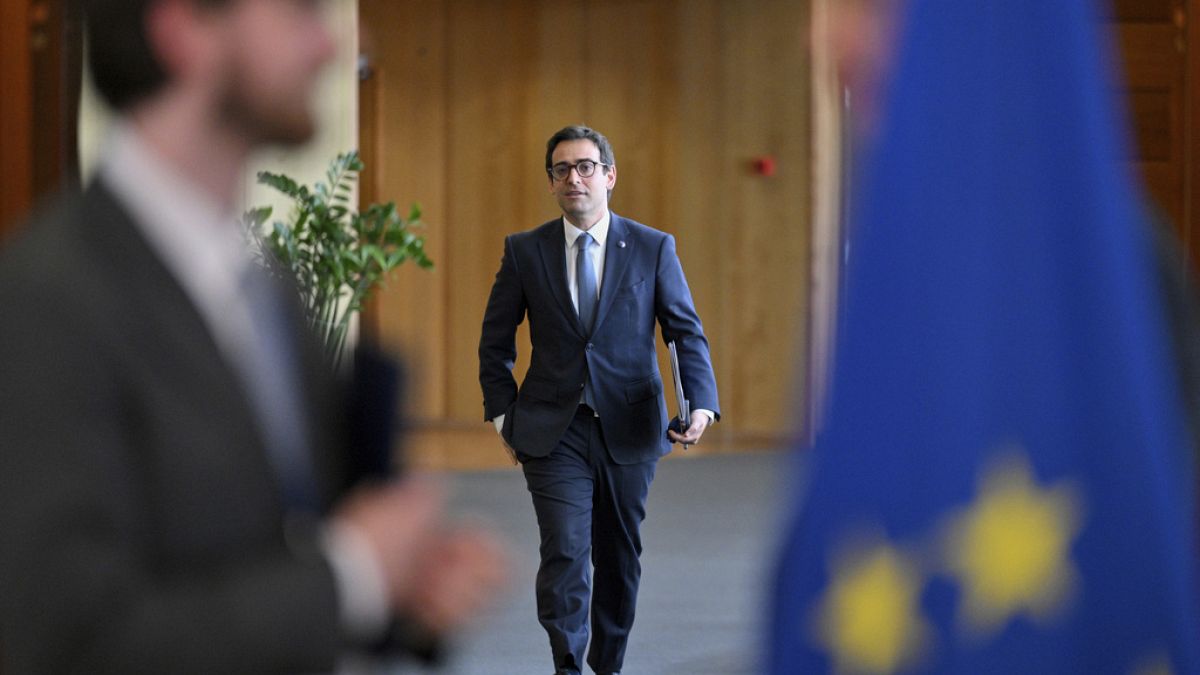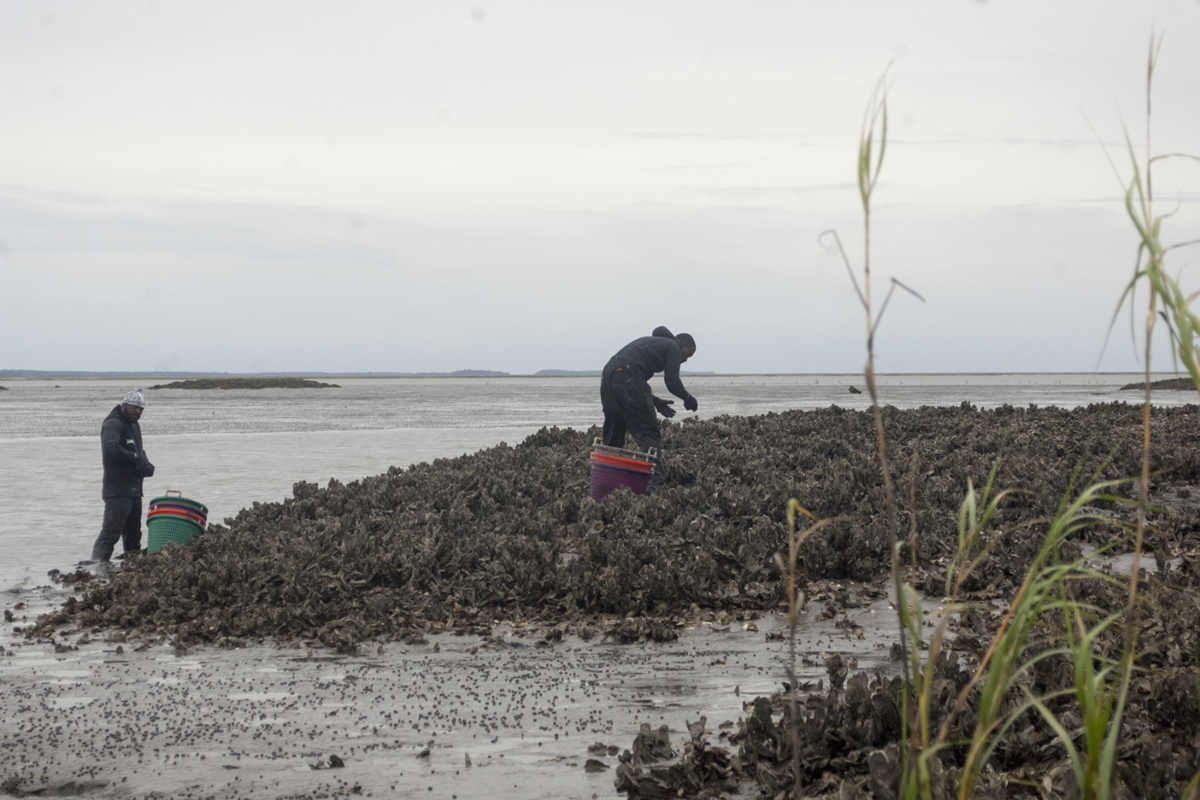Health
HIV/AIDS can be eliminated by 2030 if countries take the correct steps, according to UN

It is possible to end AIDS by 2030 if countries demonstrate the political will to invest in prevention and treatment and adopt non-discriminatory laws, the United Nations said on Thursday.
In 2022, an estimated 39 million people around the world were living with HIV, according to UNAIDS, the United Nations AIDS program. HIV can progress to AIDS if left untreated.
“We have a solution if we follow the leadership of countries that have forged strong political commitment to put people first and invest in evidence-based HIV prevention and treatment programmes,” UNAIDS said in a report published on Thursday.
HIV INFECTIONS HAVE DROPPED IN RECENT YEARS, CDC SAYS, BUT AGENCY CALLS FOR GREATER EQUITY
It said an effective response to HIV also meant adopting non-discriminatory laws and empowering community networks, among other initiatives. People living with HIV or AIDS in many countries face stigma, discrimination and violence.
A logo is pictured outside a building of the United Nations AIDS agency in Geneva, Switzerland, on April 6, 2021. (REUTERS/Denis Balibouse/File Photo)
“Progress has been strongest in the countries and regions that have the most financial investments, such as in eastern and southern Africa, where new HIV infections have been reduced by 57% since 2010,” the report said.
HIV/AIDS TREATMENT CENTERS SEEING DECREASE IN PATIENTS AFTER ANTI-GAY LEGISLATION WENT INTO EFFECT IN UGANDA
It added, however, that there has been a steep increase in new infections in eastern Europe and central Asia, as well as in the Middle East and North Africa.
“These trends are due primarily to a lack of HIV prevention services for marginalized and key populations and the barriers posed by punitive laws and social discrimination,” it said.
CLICK HERE TO SIGN UP FOR OUR HEALTH NEWSLETTER
Last year, 1.3 million people became newly infected with HIV and 630,000 died from AIDS-related illnesses, according to UNAIDS.

Health
I Lost Over 100 Lbs and Reversed Prediabetes—Without Surgery or Ozempic!

Use left and right arrow keys to navigate between menu items.
Use escape to exit the menu.
Sign Up
Create a free account to access exclusive content, play games, solve puzzles, test your pop-culture knowledge and receive special offers.
Already have an account? Login
Health
American honeymoon hotspot hit by highly contagious illness, health officials warn

While cases of measles continue to spread throughout the U.S., Hawaii is reporting a new type of infectious spread.
Pertussis, also known as whooping cough, is on the rise at a “worrying rate” in the Aloha State, the State of Hawaii Department of Health (DOH) confirmed last week in a news release.
As of May 15, there have been 108 cases of pertussis reported, already exceeding the 84 total cases in 2024.
CDC REMOVES COVID VACCINE RECOMMENDATION FOR HEALTHY CHILDREN AND PREGNANT WOMEN
The DOH labeled pertussis a “highly contagious respiratory disease” that spreads through the air when an infected individual coughs or sneezes.
Symptoms often resemble a cold but can progress to “intense coughing fits.”
Pertussis complications can include pneumonia, seizures, apnea, encephalopathy and death. (iStock)
For children, these coughing fits can be followed by a “deep breath” that makes a “whooping” sound.
“Health complications can be serious and even life-threatening, especially for infants and young children who are not fully vaccinated,” the DOH warned.
Complications can include pneumonia, seizures, apnea, encephalopathy (a disease of the brain) and death.
DOCTORS WARN OF ‘TRIFECTA’ OF CHRONIC ILLNESSES PLAGUING AMERICANS AFTER MAHA REPORT
The most effective way to prevent pertussis is through vaccination, according to the DOH.
The DTaP (diphtheria, tetanus and pertussis) vaccine is administered to children under 7 years old and the Tdap (tetanus, diphtheria and pertussis) vaccine is for older children and adults.
Multiple doses are generally recommended for infants, children and adults.

Hawaii has fallen below national averages in terms of childhood vaccinations, data shows. (iStock)
“High vaccination rates protect individuals and communities and prevent cases from becoming outbreaks,” the agency noted.
“However, vaccination rates for all routinely recommended vaccinations for school entry – including those for measles, pertussis, polio and varicella (chickenpox) – have declined nationally and in Hawaii since 2019.”
MEASLES OUTBREAKS EMERGE ACROSS US: SEE WHICH STATES HAVE REPORTED CASES
Fox News senior medical analyst Dr. Marc Siegel confirmed that Hawaii is below the national average in terms of childhood vaccines, noting that the DTaP vaccine is “highly effective” in children, with close to 100% protection with appropriate dosages.
“Pertussis is insidious, and can be easily mistaken for other respiratory diseases, including viruses,” Siegel told Fox News Digital.

Children should receive the DTaP vaccine in five doses, starting at two months, with a booster at 4 to 6 years old, doctors suggest. (iStock)
“Pertussis, which is a bacteria, can be treated with antibiotics like doxycycline but is easily missed. The best protection is vaccination, including repeated boosters in teens and adults.”
Siegel explained that the “characteristic whoop” sound among children is caused by clogged airways that are not yet well-developed.
IS MMR VACCINE SAFE FOR KIDS? DR. NICOLE SAPHIER ADDRESSES CONCERNS AS MEASLES CASES RISE
About one-third of babies under 1 year who contract whooping cough are at risk of hospitalization, according to the doctor.
“The best protection is for everyone around them to be vaccinated,” he said. “Pertussis outbreaks are now connected to a drop-off in early childhood vaccination.”
“Pertussis outbreaks are now connected to a drop-off in early childhood vaccination.”
Neha Pathak, MD, WebMD chief physician editor, echoed that pertussis is “still a significant public health threat,” especially for infants and people with weakened immune systems.
“The DTaP (diphtheria, tetanus, pertussis) vaccine offers strong protection to children — about 98 out of 100 children are protected for at least a year after the fifth dose, and about 70% are still protected for up to five years,” she said in an interview with Fox News Digital.

For adolescents and adults, the Tdap vaccine is given as a booster that offers 85% protection, “significantly reducing the spread,” according to an expert. (iStock)
While vaccines like measles, mumps and rubella (MMR) can provide lifelong protection, pertussis immunity decreases over time, which means boosters are necessary for adolescents and adults, Pathak noted.
CLICK HERE TO SIGN UP FOR OUR HEALTH NEWSLETTER
“The uptick in pertussis cases is concerning, but not surprising given what we are seeing with vaccine hesitancy,” she commented.
“Pregnant women should also get the Tdap vaccine during their third trimester to pass antibodies to their newborns, protecting them before they can be vaccinated,” the doctor suggested.

The Hawaii DOH stressed its “strong” recommendation for children and adults to stay up to date with recommended vaccinations for disease prevention. (iStock)
Hawaii confirmed two cases of measles in early April and concluded there was no further community spread.
Despite the current situation being under control, the health department warned that measles exposure is still a threat among travelers.
For more Health articles, visit www.foxnews.com/health
“Measles cases in the United States continue to rise, with more than 1,000 cases already reported across 30 states this year,” the department noted.
“The risk remains high for future travel-related measles cases reaching Hawaii, and DOH recommends continued vigilance and efforts to increase the MMR vaccination rate.”
The DOH stressed its “strong” recommendation for children and adults to stay up to date with recommended vaccinations for disease prevention.
Health
How Much Weight Can You Safely Lose in a Month? Here’s What Doctors Say

Use left and right arrow keys to navigate between menu items.
Use escape to exit the menu.
Sign Up
Create a free account to access exclusive content, play games, solve puzzles, test your pop-culture knowledge and receive special offers.
Already have an account? Login
-

 News1 week ago
News1 week agoMaps: 3.8-Magnitude Earthquake Strikes Southern California
-

 World1 week ago
World1 week agoPortuguese PM’s party set to win general election, fall short of majority
-

 Politics1 week ago
Politics1 week agoAfghan Christian pastor pleads with Trump, warns of Taliban revenge after admin revokes refugee protections
-

 Politics1 week ago
Politics1 week agoTrump, alongside first lady, to sign bill criminalizing revenge porn and AI deepfakes
-

 Movie Reviews1 week ago
Movie Reviews1 week agoReview | Magellan, conqueror of Philippines, as we’ve never seen him before
-

 Education1 week ago
Education1 week agoHow Usher Writes a Commencement Speech
-

 Politics1 week ago
Politics1 week agoExpert reveals how companies are rebranding 'toxic' DEI policies to skirt Trump-era bans: 'New wrapper'
-

 World1 week ago
World1 week agoDigitisation fronts new Commission strategy to boost EU single market



:max_bytes(150000):strip_icc()/TAL-episode-2-oahu-hawaii-TLLCEP20525-42c307f537944959b7ecc453c1741727.jpg)










